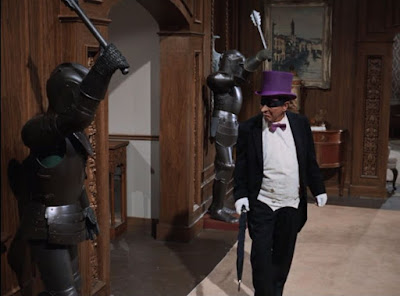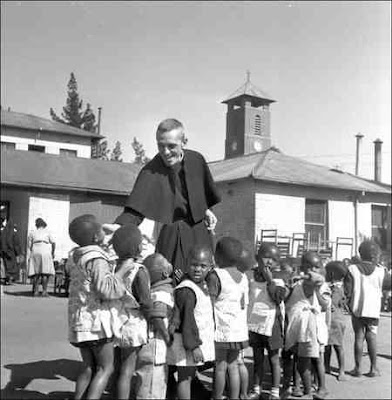Doomwatch

Well that’s the annual Winterval over as far as I’m concerned. I’m slightly disorientated because nearly everyone in my apartment building has gone away for Christmas, leaving the place eerily quiet and dark. Additionally I had underestimated how warm a small modern flat could be, with the strange result that I’m sitting here in an unheated flat on the 27 th December wearing a vest (undershirt to US readers) and feeling distinctly warm. These two things are putting me in mind of the end of the word and so my attention has naturally turned to the legendary series Doomwatch, which I see is due to be released in its remaining entirety in the spring. This post is solely based on the DVD of two episodes – about a plastic-eating virus and mutant rats – and reading around other people’s writing on the show. In this show the 1960s’ ambivalence towards scientific progress reaches its peak, as does suspicion (I don’t really want to use the words conspiracy or paranoia) towards the establish












